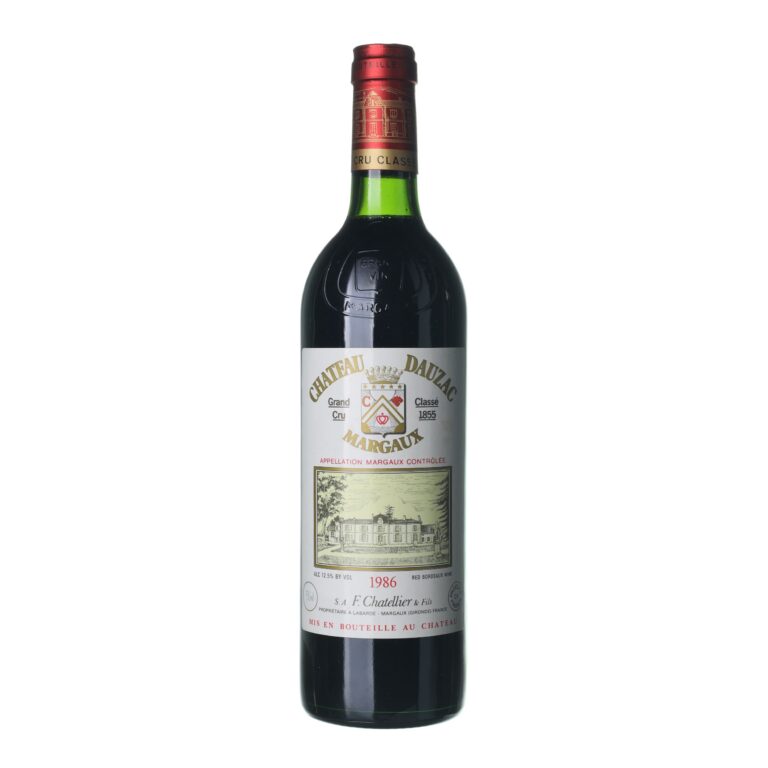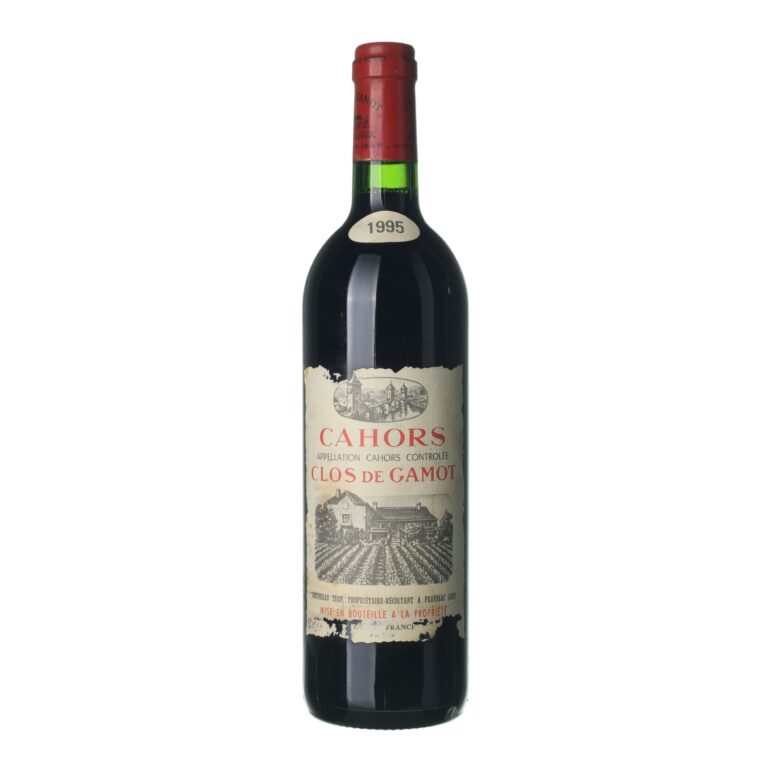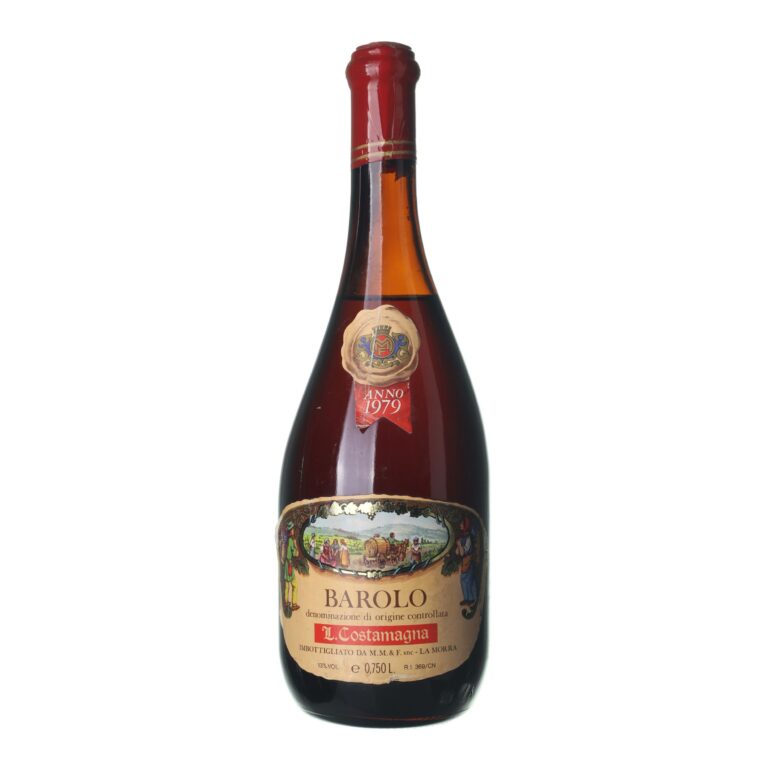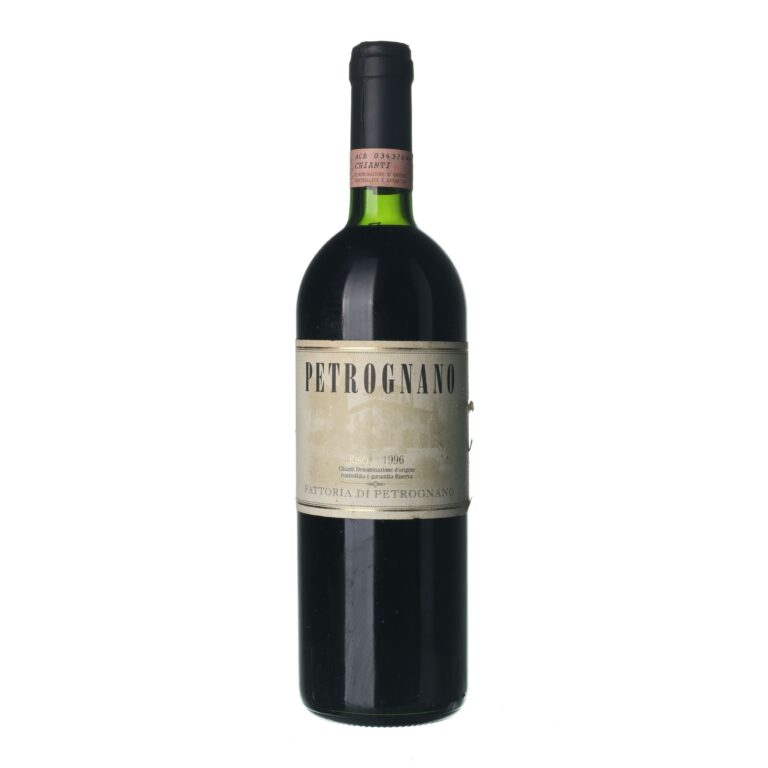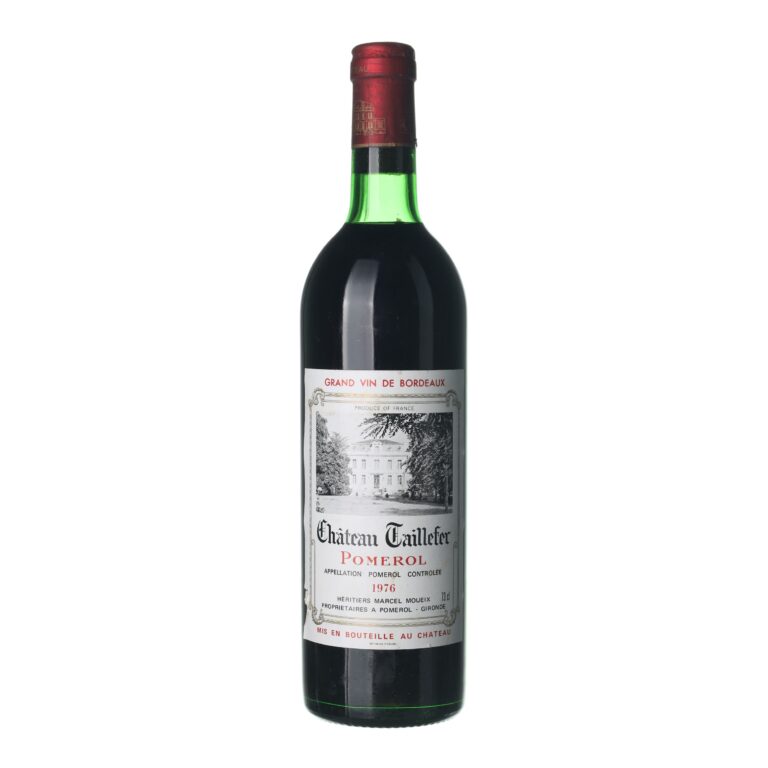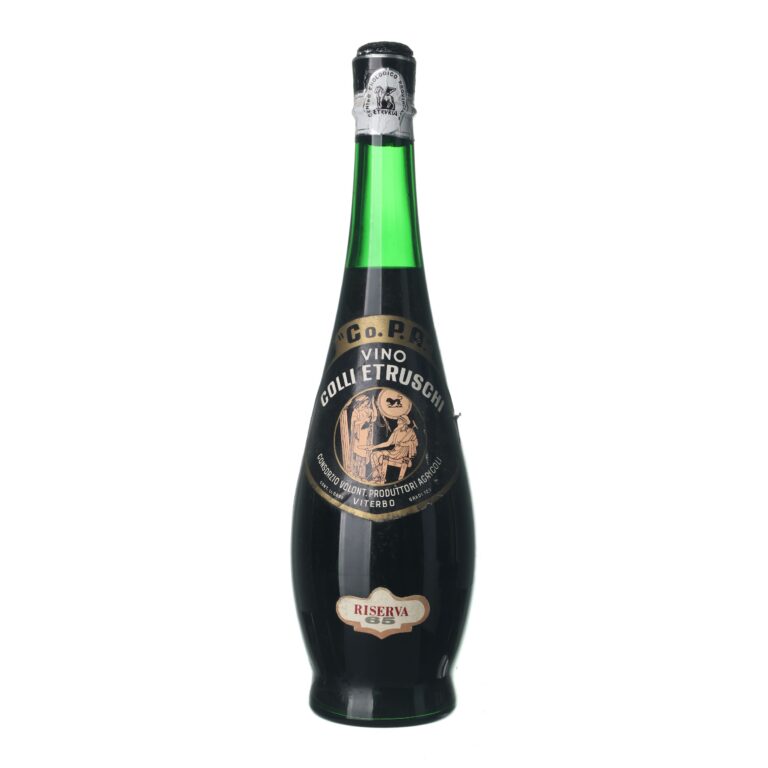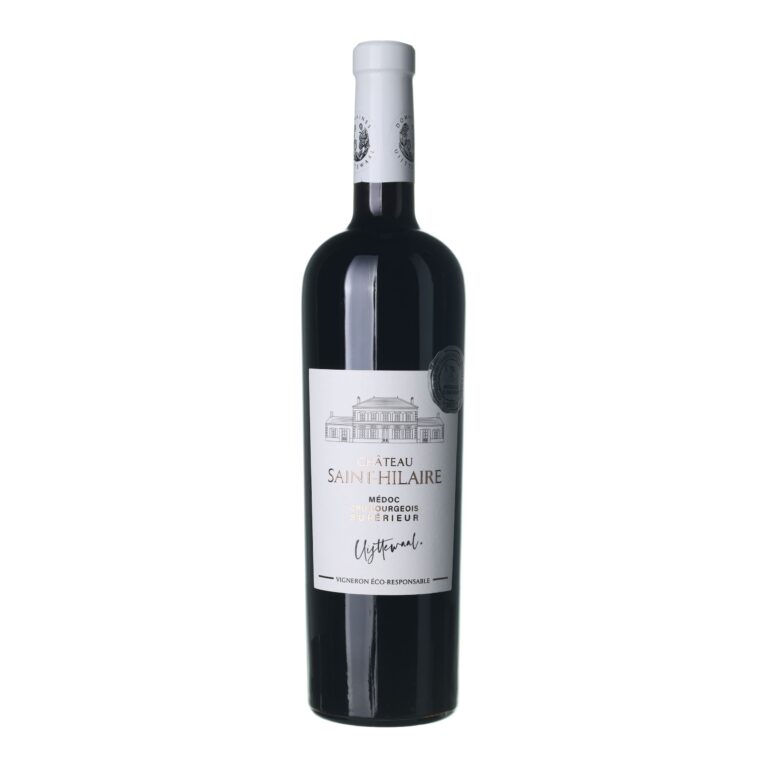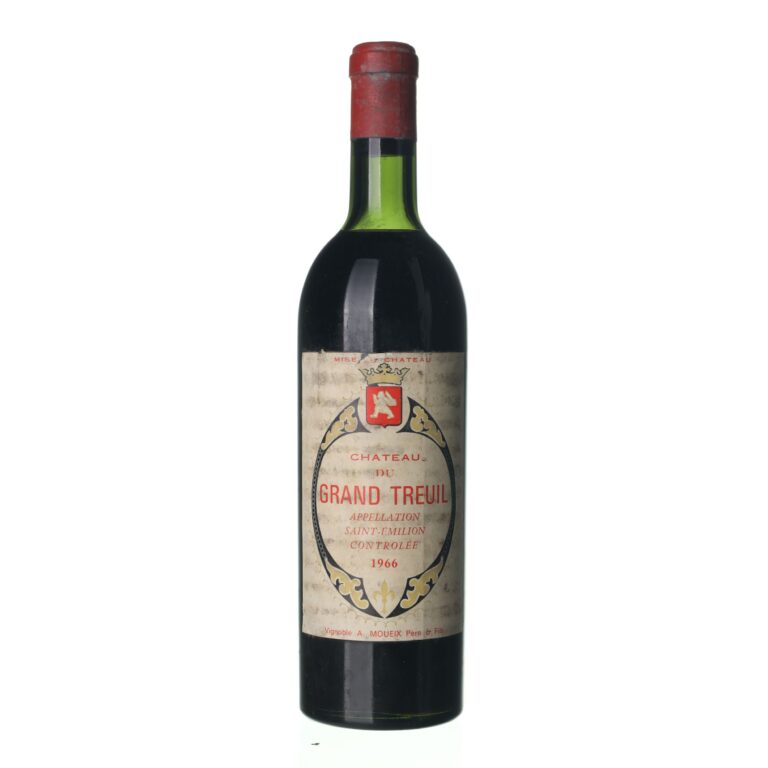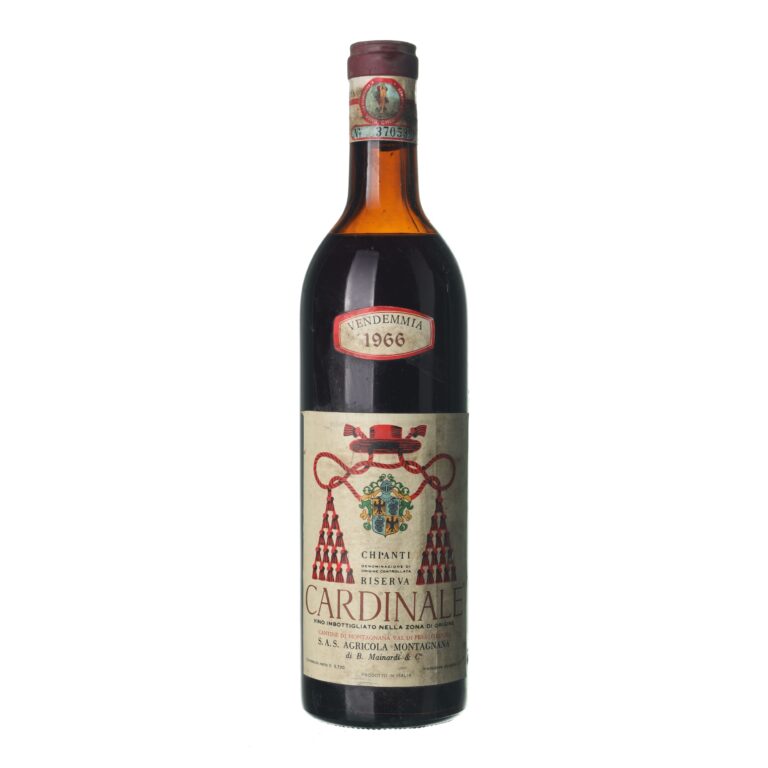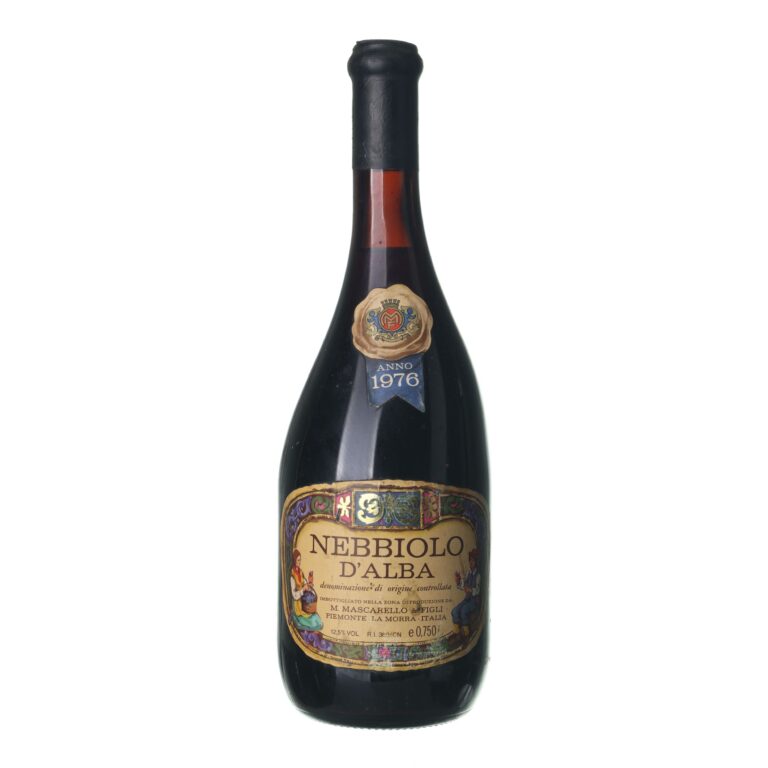Which wine glasses to use with your wine, and which ones are essential to have at home
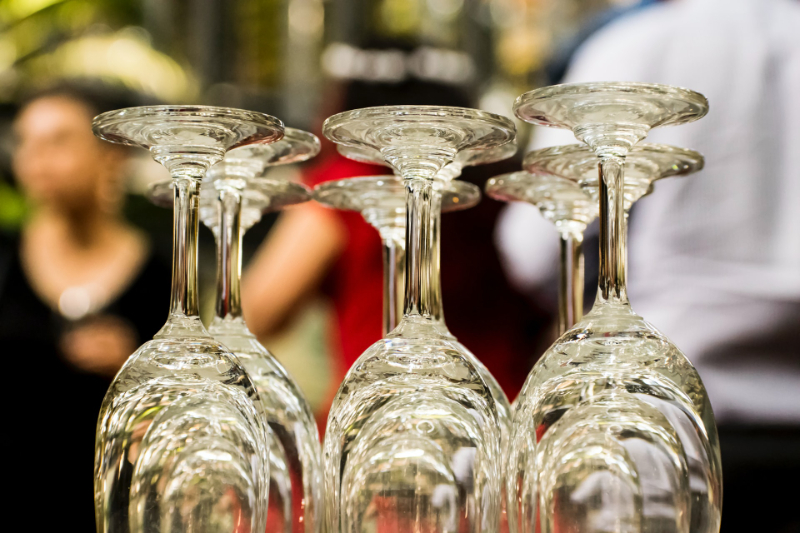
Small, large, slender, or balloon-shaped? Peel your eyes, wine lovers: today we’re going to show you how to select the correct … wine glasses! As you probably already guess, it’s not a matter of choosing only one kind, but we’ll show you how to manage the selection of glasses by a wine’s color and type.
Why are wine glasses so important? We can give you several reasons
Your first reaction might be wondering why it’s important to pay much attention to choosing wine glasses. The answer to this question draws on three compelling reasons, which we will explain in detail.
- The shape of the glass affects the development of the wine’s aroma and taste, and in the right glass we can also easily evaluate its color. These are the principal reasons why only one type of glass isn’t enough to have at home, especially if you often serve wine to your friends or for special occasions.
- Serving wine is above all also an aesthetic experience. Who wouldn’t like to have it be harmonious? At a festive table this is even a necessity. Just like foods, serving wine also has a long and venerable tradition and aesthetics play an important role in it. When it’s done right, you can enjoy the wine and its serving with all of your senses.
- Consuming wine should be as pleasant as possible. When you chose the wrong glass, your guests will have trouble handling it. For example, a too-short or too-long stem will make it difficult for them to hold it. A glass shape that isn’t suitable for champagne can even push bubble up into their noses. And a glass that’s poor quality or too thick won’t lure them to take another sip.
So what do the correct wine glasses have in common? Mainly, the purity of the glass, without various decorations and ornaments. They are slim-stemmed, have high-quality workmanship, have a stable and appropriately long stem, and a sharpened concave edge at the rim of the glass so the wine will go straight into the mouth.
Did you know that … ?
There are two ways of making stemmed glasses. Either the stems are attached to the glasses, or they are drawn from the main glass during the glassblowing process using modern technology, and thus the glass is made in one piece.
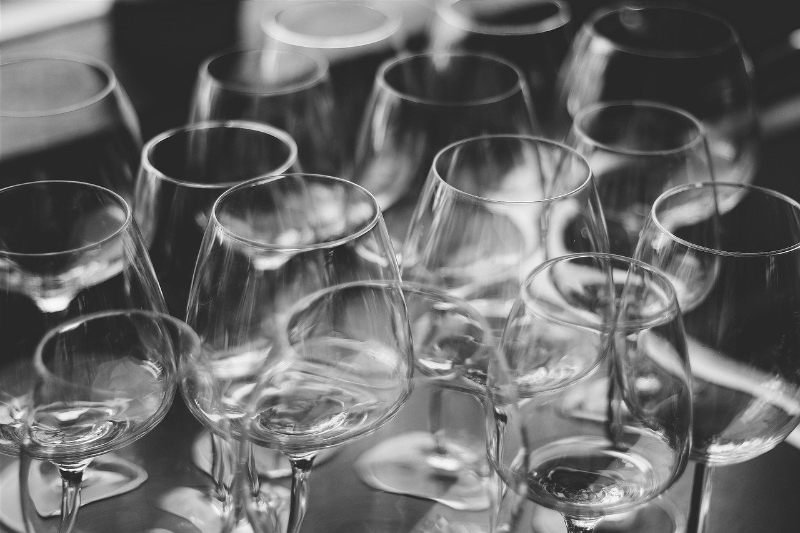
A universal wine glass doesn’t exist, but …
You may have wondered if there’s a wine glass that would represent a kind of compromise and you could use it as a universal glass. We can tell you that y es, there is, but it’s more suitable for tastings, which is what it’s made for, and if you’re going to be consuming wine all evening it won’t suffice.
This kind of glass has the acronym OIV to stand for the international organization Organisation internationale de la vigne et du vin, and it has been in production since 1970. It has standardized dimensions and all professional sommeliers and wine tasters are familiar with it. Aromas emerge from it beautifully and it’s suitable for trying all kinds of still wines, from young whites to heavy reads, and you can even taste sparkling wines in it.
Choosing glasses for white wine
Now, we’re arriving at the heart of the matter, and the first thing we’ll do is take a look at the ideal glasses for white wine. They should have the shape of a slightly opened tulip with a narrower neck and a volume of 200 to 400 ml – sometimes 150–350 ml or 190 to 460 ml are suggested as the lower and upper limits. Use tulip glasses made for white wine when you’re serving rosé wine as well.
However, there are several more types of glasses for white wine. For instance, Chardonnay-type glasses are rounder and more open. But here, too, the basic rule applies that we serve lighter wines in smaller glasses and we choose a glass that holds more volume for wines with a stronger taste. The “Riesling glass” is universal here.
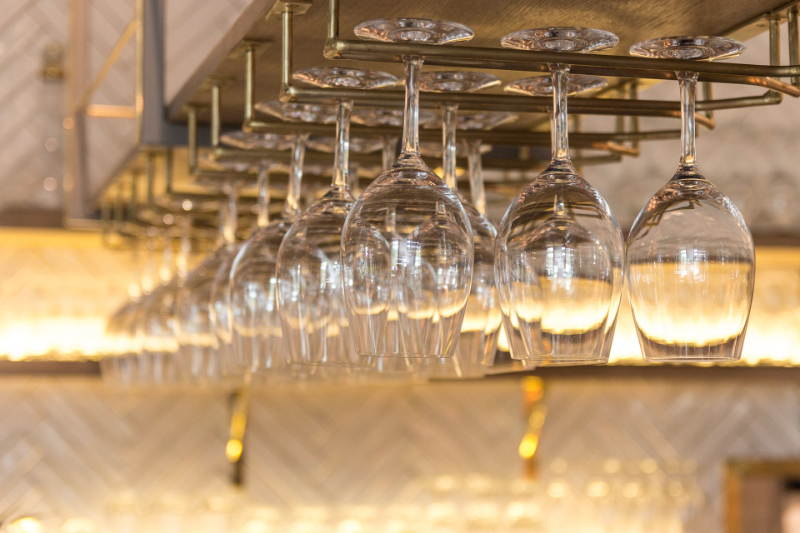
What do glasses for red wine look like?
You can also find varieties of red wine glasses, again classified according to the maturity or character of the wine served in them. What they have in common is a bulb (or even balloon) shape and a larger volume – generally from 400 to as much as 600 ml for certain types of red wine, or they may even hold more.
With red wine, it’s important to have more space for developing its aroma and taste, so the surface of the wine that this kind of glass creates should be a wide as possible. For especially aromatic wines we therefore choose a wide chalice that has a nearly spherical bowl. But when drinking young red wines we can return to tulip-shaped glasses, just like the ones used for white wines.
Introducing glasses for other types of wines
We haven’t forgotten about sparkling wines, which will taste best in a flute-type glass with a volume of 100 to 250 ml. A flute is a tall glass with a narrow profile. This type of glass is optimal for maintaining the correct amount of carbon dioxide, and some types of flute glasses even have a special ridged bottom which causes the bubbles to be released in beautiful chains.
Wines with a high sugar content, dessert and liqueur wines, Port and also sherry deserve special glasses. The glasses suitable for these wines have a small volume, from 100–190 ml and then can be named and selected exactly according to the type of drink (port, madeira, sauternes).
Wine glasses deserve good care
So your guests have left and the wine is all drunk up? Don’t forget to take proper care of your glasses. A dishwasher might leave smudges on them, and when we wash them by hand, we often don’t reach all the way down to the bottom. So how should it be done?
- First, rinse out the glasses with warm, clean water, without using strong detergents.
- Use a special brush to clean them – a glass-cleaning brush.
- It’s best to let the glasses dry by themselves, but if you have very hard water at home, rub them gently and polish them with a clean dishrag.
- Store you glasses as far away from kitchen odors as possible; ideally, hang them upside down by their stems.
- Rinse them before their next use. Professionals also sometimes “wrap” them, which means they swish a small amount of wine inside the glass to rinse them.
Select wines. In your email.
once every month. You can look forward to our recommendations, interesting content, and great offers for your archive for your archive.
By sending an email you agree to the Terms and Conditions for Protection of Personal Data


